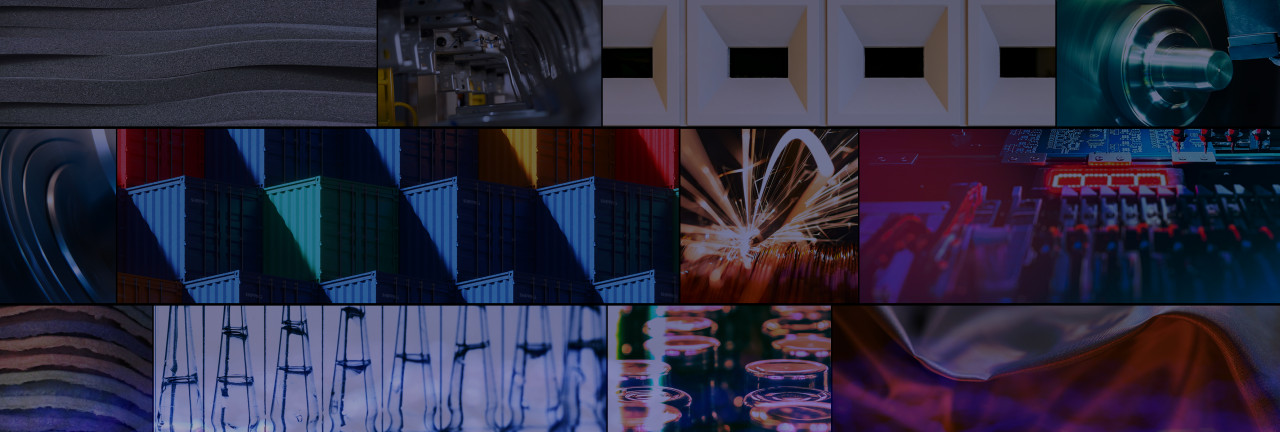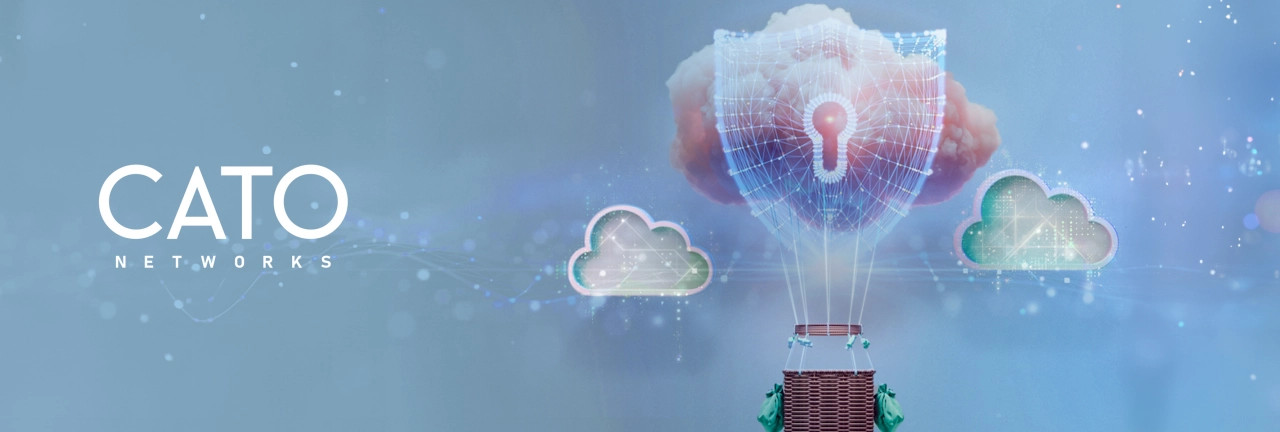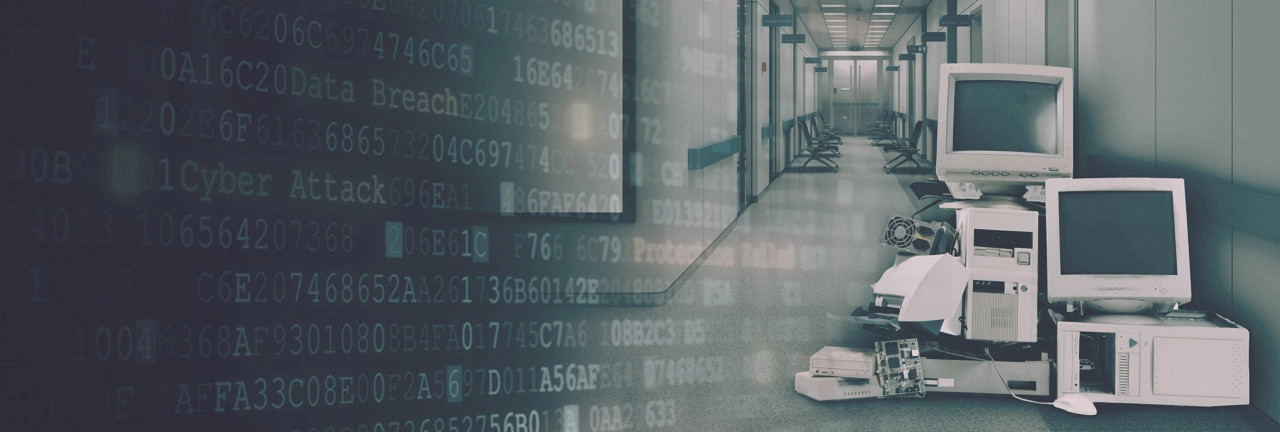Manufacturing workflows are evolving at an unprecedented rate, and the trend shows no signs of slowing down. The increasing effectiveness and affordability of 'smart' technologies and the Internet of Things means IT and OT are increasingly interconnected, with increasing volumes of data flowing between sites and devices on an ongoing basis.
Like many fixtures of our lives, Britain's pubs were heavily impacted by COVID-19, with their familiar patrons unable to come in for a post-work drink, or meet with friends at the weekend. But while it was undoubtedly a difficult period for the industry as a whole, this great British institution did as it has always done, and adapted to suit its patrons' evolving requirements.
Now more than ever, organisations across the public and private sectors depend on seamless, secure, and high-quality communications. Even with an increasing range of channels having established themselves in recent years - including voice, email, video, and SMS - voice services remain a key part of how we communicate and collaborate.
On the 18th March 2024, the Information Commissioner's Office issued its updated guidance around the issuing of fines when organisations have been found liable for the integrity of their customers' or end users' data being compromised. It is already well-established now that failure to ensure critical data remains secure will result in costly fines, as we have seen repeatedly in multiple high-profile cases over the years.
Secure Access Service Edge (SASE) is rapidly establishing itself as the solution of choice for the next generation of enterprise networks, where optimal control, visibility, and scalability are essential. In the first quarter of 2024 alone, the SASE market experienced a 23% surge, as more and more organisations began taking advantage of its capabilities.
The security of enterprise networks is a critical priority for all organisations across the public and private sectors, as they are forced to contend with an increasingly turbulent cyber threat landscape. As a result, network teams increasingly find their roles overlap with their organisations' cyber security strategies, with numerous siloed elements now converging.
The Challenge
In Q3 of 2024, the CEO of a UK-based bank received an email from a ransomware group, informing him that the bank's data had been encrypted and would be released on the dark web unless a ransom demand was paid. Although several insurers and consultants were engaged to resolve the situation, the slow response times made it clear that an alternative approach would be needed.
Finally, in order to minimise the resulting downtime and resume operations as soon as possible, without giving in to the criminals' ransom demand, the organisation engaged Exponential-e to restore and secure their critical servers. With even the shortest period of downtime resulting in serious financial and reputational damage, a team of incident response specialists immediately began the restoration process, aiming to have the bank's systems back online in days rather than weeks.
The Solution
The restoration process began with a thorough audit of the IT ecosystem to establish which servers had been impacted, after which the affected VMs were powered down. A new, fully isolated VDC was created to store these VMs once they were recovered, along with a completely new firewall zone.
With the affected servers restored into this new VDC zone, firewalls were established to allow for the most basic access, after which malware scans were conducted. These scans continued for two days, during which the customer was granted initial access to the servers via a temporary SSL VPN with Azure MFA, allowing them to resume operations in just three days.
At this point, Zerto replication was set up for the new VMs, while Exponential-e simultaneously engaged with the third party that was conducting a forensic investigation.
Connectivity was soon re-established for the customer's other offices, at which point users were brought back online. Firewall logs were provided for the forensic team, along with initial access to VM images via vCloud Director.
Finally, a test rebuild of the affected VMs was conducted and finalised within two days, and additional firewall policies established.
Exponential-e has repeated variations of this process for multiple other organisations affected by ransomware attacks, allowing them to resume operations as quickly as possible and ensure their critical infrastructure is secured against future attacks.
The Result
Ongoing communication between all parties involved ,including a dedicated team of incident response specialists at Exponential-e with a defined action plan ensured a seamless restoration process. Day-to-day operations resumed in just seven days, without paying the criminals' ransom demand.
Don't wait for a crisis to expose the cracks, fortify your defences today. Discover how expert response turned seven days of chaos into operational recovery.
Digital transformation continues to pick up pace across the financial sector. However, in spite of the potential benefits on offer, many insurance firms continue to lag behind their peers in terms of their overall digital maturity.
In light of numerous dramatic shifts in the geopolitical landscape in recent months, this blog has reiterated the need for organisations across all sectors to strengthen and - if necessary - reconsider their cyber security postures, in order to prepare for the anticipated attacks by global bad actors. The legal sector is no exception, particularly as these attacks are anticipated to specifically target the most high-value data.
Software Defined WAN, or SD-WAN for short, is the new big thing in business networking. Everybody's talking about SD-WAN, and about what it can do for businesses. Well, there's no doubt that SD-WAN can do a lot for your business; in fact, we'll be talking about exactly that in part 2 of this 3 part blog series. But before we do that, we need to talk about what SD-WAN can't do. Right now there's a popular misconception among businesses concerning SD-WAN - a misconception fed and sustained by headlines and marketing hype - that could lead them to take damaging shortcuts in incorporating SD-WAN into their business.
Despite the numerous interconnected elements now involved in effective digital transformation, the network remains the foundation of everything, ensuring any investment in new technologies delivers the best possible ROI, and that teams at all levels are empowered to deliver their very best, 24 / 7. As such, the digital transformation journey must always begin with a full network transformation.
Secure Access Service Edge (SASE) represents an elegant convergence of network and security technologies as a single, end-to-end solution, perfectly suited to the modern distributed workforce and the increasingly dynamic nature of corporate networks. As a growing number of organisations are discovering, SASE has the potential to completely transform the way we design, deploy, manage, and scale corporate networks. Indeed, 60% of IT leaders are ready to fully embrace SASE by 2025*.
We've probably all encountered what we consider to be poor customer service through a contact centre, whether it's calling your utilities provider, banking, mortgages, or just everyday online shopping.
There have been many excuses for poor service through the pandemic due to ill-prepared home working solutions. Those should be behind us now, although that's likely the topic of a further blog, as many companies are still leaning on this excuse!
A common perception of contact centres is that their callers - be they customers, patients or end users - only contact them if something is wrong. Nonetheless, throughout 2020, we have seen this underrated (but nonetheless essential) part of the overall customer experience enter a new stage in its evolution.
A great agent experience means a great caller experience
Contact centres of any sort are very much social environments, where the human touch is everything. And that engagement must be maintained throughout every point of contact between agents and callers, whether it's face-to-face over a video link, over the phone, or through online chat.
But throughout 2020, we have seen a shift in how this is accomplished, with the opening up of a wide range of new channels of communication through which callers can engage with agents. This includes voice, online chat and video - all of which provide the agent to access sophisticated Unified Communications platforms that not only deliver a consistently high-quality customer experience, but through Cloud technology and intelligent automation, are fully integrated with the rest of the IT ecosystem. This way, with the full range of caller data at their fingertips and direct connections to internal Subject Matter Experts (SMEs), contact centre technology becomes invisible, and agents are free to focus on delivering successfully resolutions.
Beyond reducing the average time spent on calls and increasing the number of quick, successful resolutions, this model of Unified Communications ensures agents can continue interacting with their colleagues when working remotely, just as they would in the traditional contact centre environment, leading to a smoother, less stressful environment that enhances their performance and wellbeing. And this, in turn, leads to better employee retention, by ensuring agents are properly supported in their daily work and ongoing development.
A model for future contact centre environments
It's often argued that the move to a Cloud-based model for contact centres was a reactive one, in direct response to COVID-19, and to a certain extent this is true. But while it's true we could not have envisaged such a fundamental transformation taking place so rapidly and such a scale just one year ago, Cloud adoption has been steadily on the rise for a number of years now. In other words, the technology needed to implement remote working at scale has been available for some time.
Nonetheless, once the required standard of connectivity was achieved, there were still numerous challenges to consider. By their very nature, contact centres work with a high volume of personal information, which means privacy, data security and compliance are all key requirements. Overcoming these depended on close collaboration between organisations and their technological partners, with many longstanding partnerships across the UK revealing their true value. In particular, technology partners who could integrate multiple channels of communication within single platforms - true Unified Communications solutions – proved invaluable to the success of many organisations' Cloud transformations.
Bringing together customer service and business growth
With the move towards a distributed workforce now very much complete, organisations in both the public and private sectors are shifting their focus from implementation to long-term growth and sustainability. Historically, gathering actionable customer data is often time-consuming and inefficient, especially when working with multiple channels of communication. Unified Communications and Cloud-based contact centres solve this problem, allowing call data to be consolidated within a single platform, with all sensitive information stored securely, in line with all applicable data protection regulations.
Streamlining and automating this process provides contacts with a steady stream of valuable call data, ensuring targets are consistently met, opportunities for improvement are identified and acted upon, and agents enjoy ongoing professional development. But beyond that, this provides the wider organisation with a real-time view of how their products and services are being delivered 'on the ground', and how their customers, patients or end users view them. As this model becomes more and more established across a range of sectors, we expect to see contact centres shift from a purely reactive role, to playing a major role in organisations' ongoing business growth.
A model for future contact centre environments
While we are still very much in the early days of the 'new normal', the principles we have explored in this article are far from theoretical. At Exponential-e, we have participated in these contact centre transformations numerous times throughout 2020. An excellent example of this was our partnership with the NHS in South-East London, in which we successfully helped GPs and frontline staff transition to a remote working environment, continuing to engage with their patients through multiple channels from wherever they are based. Our UC-ONE for Health solution was deployed across six boroughs and 206 GP sites, integrated with existing EPR systems, with the first 1,000 users online in just 48 hours. The system was subsequently extended to more than 5,000 frontline staff over the course of three weeks, ensuring the usual high standard of patient care could successfully co-exist with social distancing requirements. All this was accomplished completely remotely, thanks in part to Exponential-e's deep experience with Cloud migration and well-established network.
This approach is by no means confined to the healthcare sector. The beauty of the Cloud is its flexibility and scalability, which means similar strategies could be used to execute Cloud transformations in contact centres across a range of challenging industries, to the benefit of organisations, agents and callers alike.
Afshin Attari, Exponential-e's Director of Public Sector & Unified Platforms, discussed these topics in greater depth at the recent Servion webinar, "Realigning CX to the New Normal with Best of Breed Service Providers". Click here to watch it.
The level of legacy debt varies widely across the NHS and a recent report from the Department of Science Technology and Innovation (DSIT) has revealed that legacy technology can range from as little as 10 to as much as 60-70%. This reliance on outdated systems presents a significant cyber security challenge, heightened by the fact that 15% of surveyed organisations could not estimate the size of their legacy estate. The report also highlights that these systems are high-risk, prone to security vulnerabilities, lack support, and subject to operational failures.
For many Chief Information Security Officers (CISOs), the first challenge isn't stopping a breach, it's knowing where the breach could even happen. Healthcare IT estates are some of the most complex and fragmented in the public sector.





















